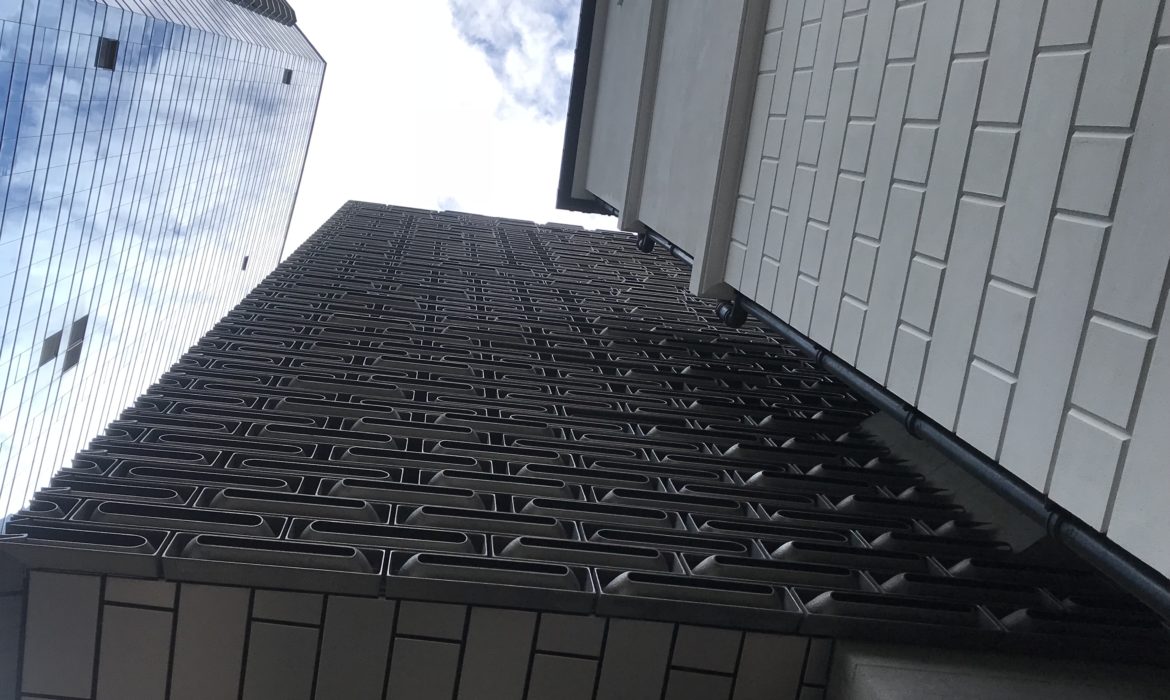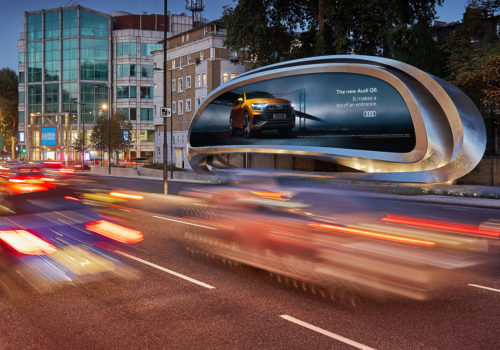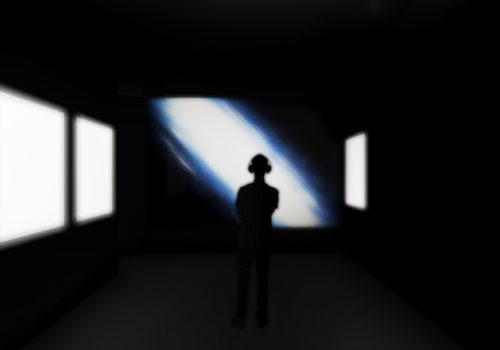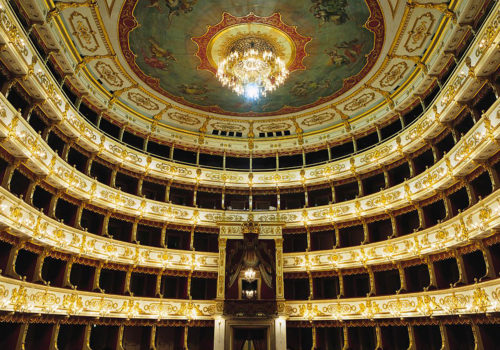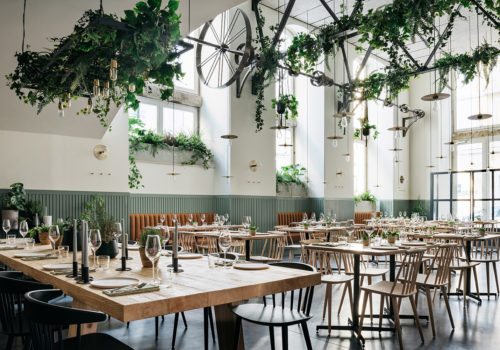Urban regeneration in the heart of the city by Herzog and De Meuron
It’s called Tai Kwun and it is the most recent new building in Hong Kong: a huge renovation project for an old prison and police station, which thanks to the work of the Swiss firm Herzog & De Meuron –who collaborated with the English architectural firm Purcell, specialized in the restoration of historic architecture – have brought 16 historical buildings built at the turn of the twentieth century around a prison courtyard back to their original splendour. This will be a new art centre, reminiscent of the project for the Tate Modern in London, with the addition of two new volumes clad in recycled aluminium that feature original textures and openings developed to screen the buildings from the glaring sun and protect them from the rain. One will house a 200-seat auditorium, and the other a contemporary art gallery. After twelve years of construction, with an investment of 485 million dollars, the first 11 buildings out of the 16 were inaugurated in September 2018.
An urban regeneration project (entrance from Hollywood Road) conceived for the citizens of Hong Kong, it can count on a public-private alliance, considering the involvement of an important charitable foundation (the Hong Kong Jockey Club Charities Trust).
Public spaces and walkways connect the various volumes of an architectural complex that was once the general headquarters for the police, the Central Court and the Colony’s main prison.
Tai Kwun is a venue for art and creative performances. It also houses a number of retail shops and may be chosen as a venue for a luncheon date, with traditional dim sum, or for tea.
Architecture that regenerates existing buildings is an exception in a city known primarily for its skyscrapers, many of which have been designed by the local architect Rocco Yim and his firm Rocco Design Architects. Another of the more recent buildings is the new The Murray, a hotel renovation, the regeneration of a former government office building by Foster+Partners, which in Hong Kong had previously designed the new international airport in 1998 (Lantau Island, Outlying Islands), and around 2012-13 the Cruise Terminal (33 Shing Fung Road, Kai Tak). The Murray, which may be reached from the Central subway stop, is just a few steps away from The Peak Tram, a destination much appreciated by tourists for the breath-taking view it offers of the city.
The light show that may be seen every evening around 8 pm from Kowloon (Victoria Harbour) looking towards the island is a sight not to be missed.
Hong Kong is its bay and its towers, but more than anything it is a multilevel city: circulation from the subway to the buildings is seamless and the ground floors of buildings do not house any functions that might not be located on any other floor.
There is even a rule that allows bonus buildable volume for projects that build connections between one building and another. You enter in one building, cross a shopping mall and find yourself right on the tracks of the subway. The next station features a new integrated shopping centre with offices and restaurants, walkways at the upper levels and routes that do their best to avoid mingling pedestrians and vehicular traffic.
Anyone walking across the city cannot help but notice the use of bamboo scaffolding on construction sites: towering skyscrapers capture the attention of visitors when they are covered in this apparently precarious and actually highly resistant structure. No nails, no screws: the canes are tied together by thousands of plastic strips and the workers climb up there, in a real feat of “acrobatic construction”, continuing a tradition that dates back centuries with a preference for bamboo over steel because of its remarkable elasticity and resistance to wind.
© ALL RIGHTS RESERVED
translation by Olga Barmine


